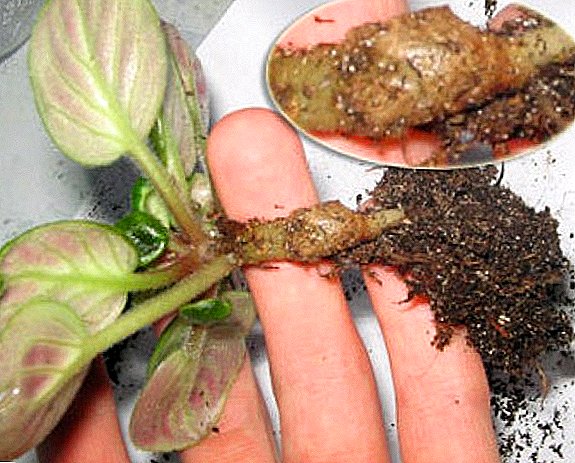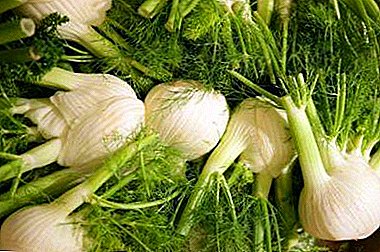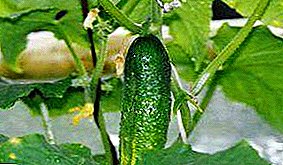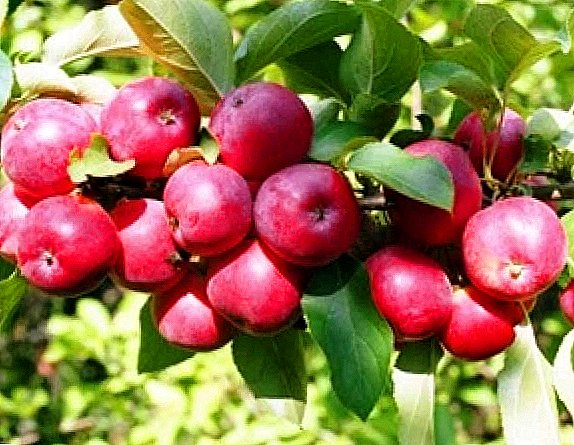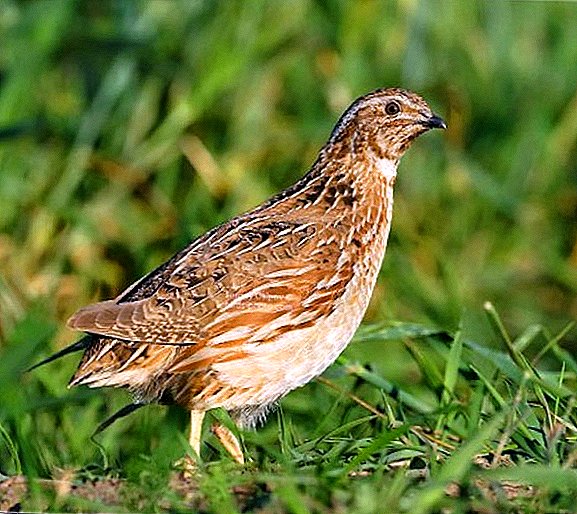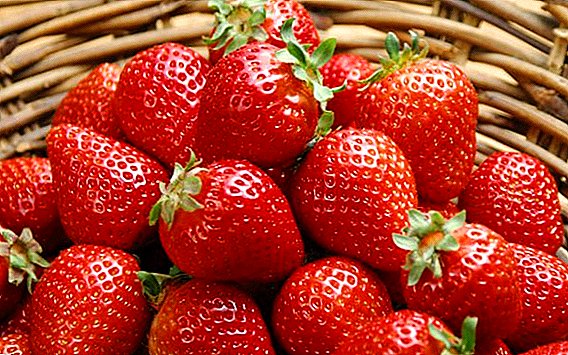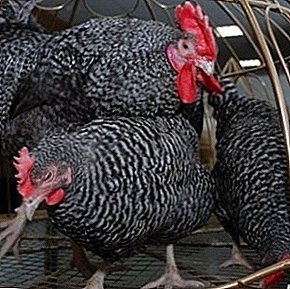
Breeders, crossing meat and egg breeds of chickens, hoped to get new populations of birds, which will leave behind their predecessors with productive qualities. And scientists have succeeded.
Universal breeds that can be used both as a tasty, meat product, and as a source of domestic, nutritious eggs - meet the expectations of even novice farmers, who are still only superficially familiar with the rules of breeding and housing poultry. Gray Kyrgyz Chicken is one of the most sought-after meat and egg hens.
Breed origin
In Kyrgyzstan, at the Institute of Animal Husbandry, by crossing White Leghorn, Plymouthrocks Striped and White, New Hampshire, scientists succeeded in breeding a new breed, the Gray Kirghiz hen.
Description of gray Kyrgyz chickens
 The body has the shape of a cone, has a good, large size. The belly is voluminous. The comb is leaf-shaped. He and the lobes are painted in a beautiful, red-pink color, contrasting with the colorful gray plumage. Feathers loose, pleasant to the touch, moderately cover the surface of the body. Characteristic feature: the color of the plumage, in which the black stripes are interspersed with white, making the "dress" both strict and bright.
The body has the shape of a cone, has a good, large size. The belly is voluminous. The comb is leaf-shaped. He and the lobes are painted in a beautiful, red-pink color, contrasting with the colorful gray plumage. Feathers loose, pleasant to the touch, moderately cover the surface of the body. Characteristic feature: the color of the plumage, in which the black stripes are interspersed with white, making the "dress" both strict and bright.
In roosters in it can be found brown blotches. Chickens of these chickens look very cute. They are born with black down, but you can see bright spots on the stomach. To be able to divide the chicks into female and male individuals, breeders are guided in different colors of fluff on the head. The roosters on the heads have light areas of fluff.
Features
 The Kyrgyz Gray Chicken equally well tolerates both the conditions of the high-mountainous regions of the country, which is its homeland, and the climate with rapid temperature changes inherent in the Russian plains.
The Kyrgyz Gray Chicken equally well tolerates both the conditions of the high-mountainous regions of the country, which is its homeland, and the climate with rapid temperature changes inherent in the Russian plains.
Healthy, strong individuals are determined by breeders on the quality of their plumage: color, speed of molting, change of down to dense feathers, on the exterior. After the breed was bred, breeders began to create its new directions that enhance meat or egg qualities. Therefore, the Gray Kyrgyz Chicken is an excellent genetic reserve for creating new bird populations.
Content and cultivation
 Chicks should be fed immediately after they begin to dry and examine their surroundings. In the first days of life, it is advisable to give them shredded, hard-boiled eggs, crushed oatmeal, cottage cheese, yogurt.
Chicks should be fed immediately after they begin to dry and examine their surroundings. In the first days of life, it is advisable to give them shredded, hard-boiled eggs, crushed oatmeal, cottage cheese, yogurt.
From about 3 days, chopped alfalfa, clover, nettle can be added to the diet.. The 2-3% yeast used in baking craft will also be useful. Grated carrots, beets and pumpkin will be excellent vitamin supplements. It is necessary to ensure that the zobiki in chicks are complete.
After feeding the well-fed chickens sleep peacefully. If the chicken does not respond to food, does not drink water, is far away, there is no reaction to external stimuli - most likely it is sick. These chickens need to be set aside and try to feed them with a yolk pounded with milk.
Chicks meat and egg gain weight quickly enough, so the daily rate of food needs to be increased every time by 10%. Protein products must be present in the daily menu. Their source can be fresh, low-fat cottage cheese, skim milk, etc.
Gray Kirgiz hens with a good body weight, it is desirable to give for 20 g more flour-grain feeds and 5 g more animals, protein feed than for egg breeds. If the flour mixture is not, then it can be replaced with boiled potatoes, increasing the diet about 3 times. In the absence of root crops, greens will perfectly replace them - 40 grams per head per day.
It is necessary to feed gray Kyrgyz chickens up to 6 times a day, and adults 3–4 times. In winter, dry mixes should be mixed with warm broths. In the feeders intended for vitamin and mineral supplements, there should be wood ash, crushed bones, gravel, etc.
 Any Pavlovian chicken, having a unique appearance, is also capable of good egg production.
Any Pavlovian chicken, having a unique appearance, is also capable of good egg production.
Have you always been interested in Russian black bearded breed of chickens? Now you have the opportunity to learn everything about her! Further…
For Gray Kirgiz hens, there is no need to build fences and fences - they do not want to run, jump and fight somewhere. The breed is very peaceful. Chickens will walk steadily through the territory, busily feed on food, "exchange impressions" and take up the incubation of eggs. They are not characterized by aggressiveness and fussiness.
Specifications
Adult cocks usually reach an impressive weight of up to 3.5 kg. Chickens are a little inferior to them. Their weight ranges from 2.2 to 2.8 kg. In the first year, females at the age of 6 months begin their first egg laying, which can reach the number - 170 eggs per year. Eggs are large, weighing up to 60 grams. and painted light brown. The chances of hatching eggs from chickens are 90-96%. Chicken, reaching 2 months of age, can weigh about 900 grams already.
Where to buy in Russia?
By contacting the following companies, you can purchase Gray Kyrgyz Chickens.

- Company "Bird paradise",
Address: Moscow region, Solnechnogorsk district, Novinki village, 42.
//maps.yandex.ru/-/CJd.esr
Phone: +7 (915) -049-71-13 - Household "Bird village", Yaroslavskaya oblast,
Phones: +7 (916) 795-66-55, +7 (905) 529-11-55.
Analogs
 It is very similar both in appearance and in productive indicators on gray Kyrgyz chickens. California Gray a breed that is also loved and preferred by many breeders. She was withdrawn to the USA and already in 1963 came to Russia. Has the same peace-loving disposition as the Gray Kyrgyz hen. Leningrad Golden Gray the breed is also unpretentious to food and conditions.
It is very similar both in appearance and in productive indicators on gray Kyrgyz chickens. California Gray a breed that is also loved and preferred by many breeders. She was withdrawn to the USA and already in 1963 came to Russia. Has the same peace-loving disposition as the Gray Kyrgyz hen. Leningrad Golden Gray the breed is also unpretentious to food and conditions.
This breed was bred in the 1970s. A distinctive feature of these chickens is autosexuality. Other "gray" representatives are the Gray Cochinquins, whose characteristic external feature is chic, fluffy "pants" on their feet.
Growing Gray Kyrgyz chickens, you can endlessly admire their habits and natural, harmonious beauty. This lesson will appeal to amateur poultry farmers who are tuned to receive quality products as a result of their activities. Gray Kirgiz hens are able to provide both tasty, juicy meat, and homemade eggs with excellent nutritional properties.
Care and attention to these birds will need them much more than expensive poultry houses with exquisite food, because this breed is unpretentious, viable, but, nevertheless, requires attention and respect for the elementary rules of maintenance.


